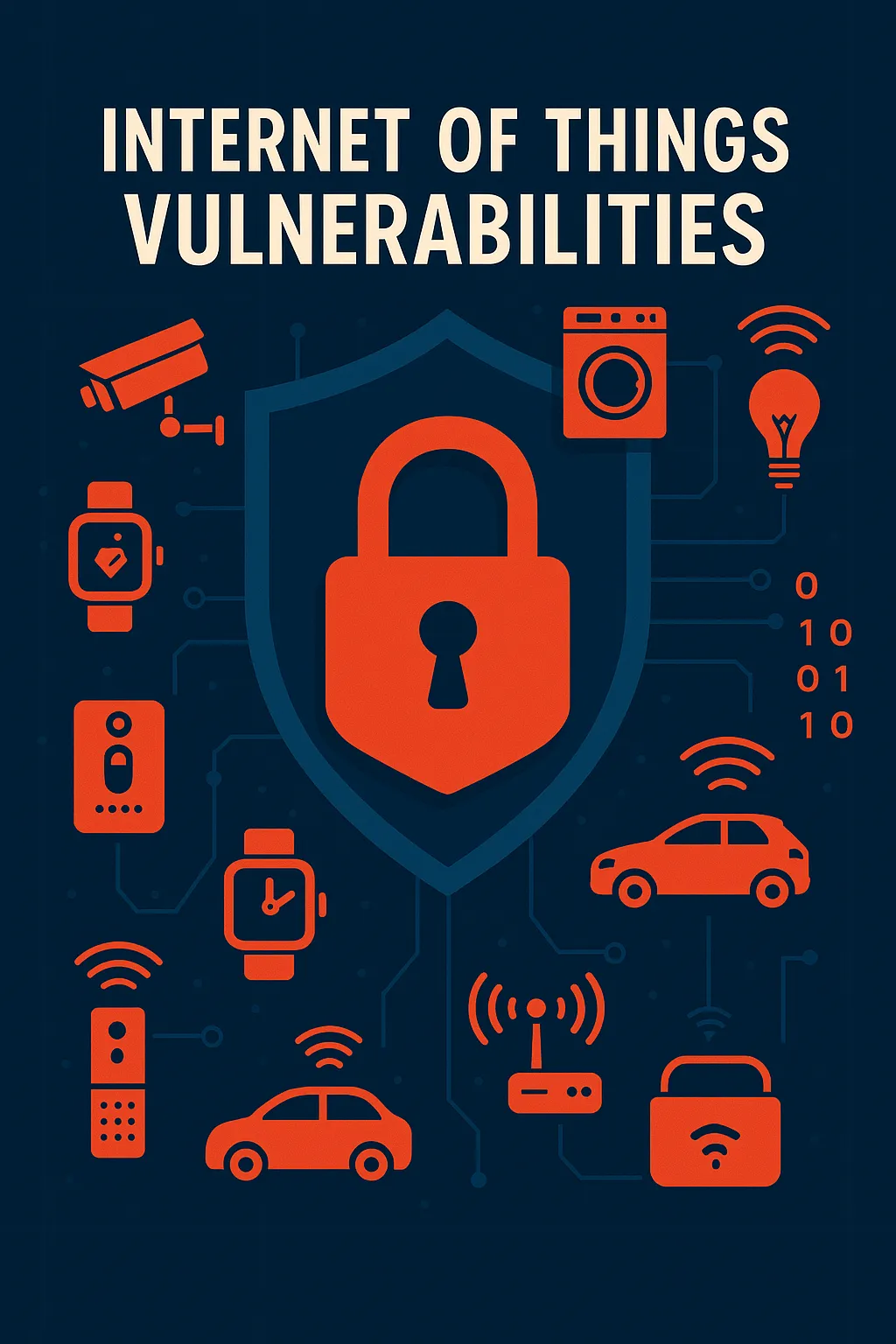Securing the Future: Mitigating Cybersecurity Risks in IoT Devices
Every day, the world is getting more connected, with millions of Internet of Things (IoT) devices integrating into our daily lives. However, this rapid growth in connectivity has come with a significant increase in security vulnerabilities. This post dives deep into the burgeoning field of IoT cybersecurity, exploring the challenges and addressing the measures needed to ensure robust, secure, and reliable systems.
Understanding IoT and Its Security Challenges
Iot devices range from everyday household objects like smart thermostats and refrigerators to complex industrial tools. They provide unprecedented convenience and efficiency but also expose users and networks to potential cyber attacks due to poor security practices. Given that a Cisco report suggests around 127 new devices connect to the internet every second, the magnitude of the issue is immense.
Many IoT devices still operate on basic security protocols, like standardized username and password combinations, making them prime targets for cyberattacks (source).
The Current IoT Security Landscape
Recent studies have highlighted that more than half of IoT devices are vulnerable to severe attacks, outlining a significant concern for both individual and organizational security (source). This vulnerability not only jeopardizes personal data but also the infrastructural integrity of critical industries.
Protocols and Risk: The Case of MQTT
One protocol commonly used in IoT, MQTT (Message Queuing Telemetry Transport), has shown considerable risk factors that need addressing. It's essential for security professionals to understand and mitigate these vulnerabilities to protect against potential cybersecurity incidents (source).
Strategies for Enhancing IoT Security
The fast-paced evolution of IoT requires a dynamic approach to security. Traditional methods may no longer suit the advanced threats that modern devices face. Experts suggest a multifaceted approach that includes rigorous device testing, regular updates, and user education to stem the tide of cyber threats.
Emphasizing Better Development Practices
IoT manufacturers and software developers must adopt better security practices such as implementing advanced authentication methods and continuous security updates. Encouraging developers to move away from default passwords and ensuring that security is a cornerstone of device design from the outset is critical.
Conclusion: A Call to Action for Robust IoT Security
To navigate these challenges, consumers, manufacturers, and cybersecurity professionals must work collaboratively. The adoption of robust security measures will define the future of IoT and help protect against the ever-evolving landscape of cyber threats. By fostering a culture of security and vigilance, we can hope to safeguard our interconnected digital world.

